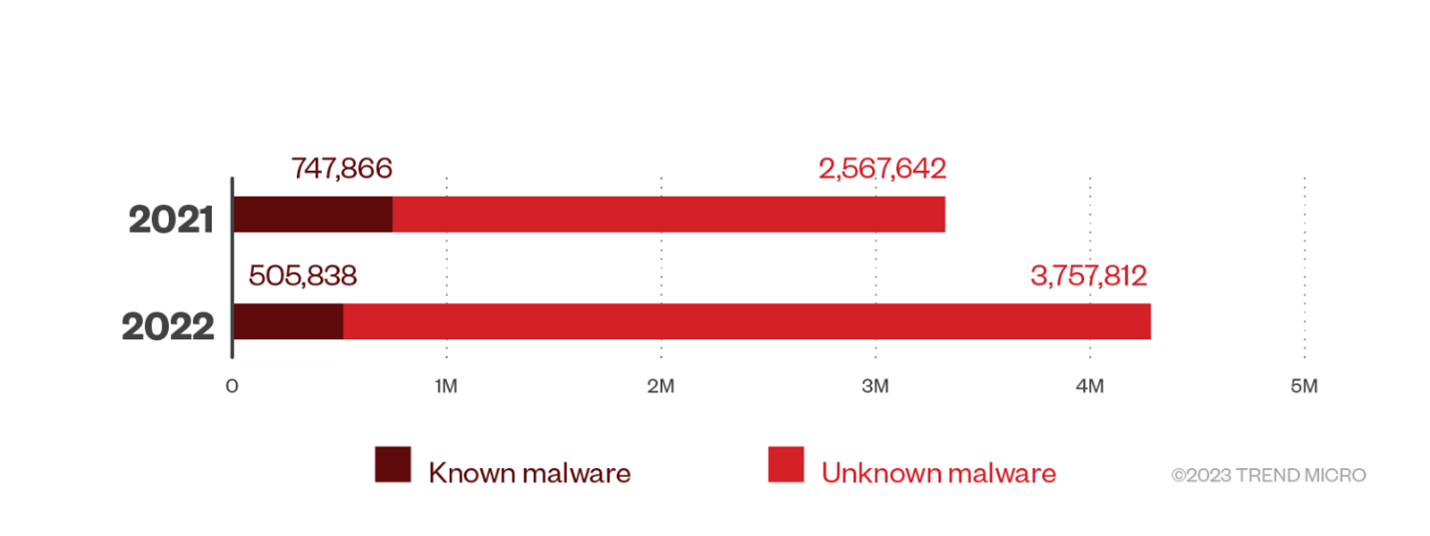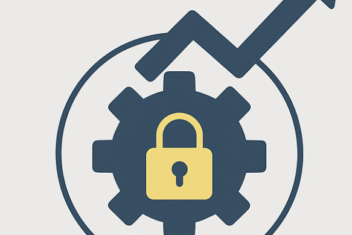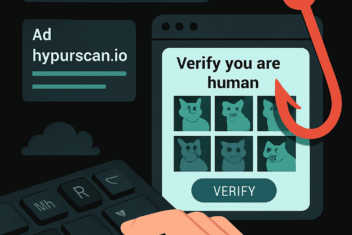Why a phishing simulation is important, even for small Organisations
Phishing attacks are not just limited to multinational corporations or high-profile organizations; they cast a wide net, ensnaring entities of all sizes. There’s a myth floating around that small organizations are ‘under the radar’ and unattractive to cybercriminals. This couldn’t be further from the truth.
The Growing Threat Landscape
Recent studies show a significant rise in phishing attacks specifically targeting small to medium-sized businesses. Many small organizations, believing they’re not noteworthy targets, neglect robust cybersecurity measures—making them particularly vulnerable.
“There are two types of companies: those that have been hacked, and those who don’t know they have been hacked.”
John Chambers, the former CEO of Cisco Systems

2022 saw a big rise in unknown malware being used in email phishing attacks according to Trend Micro. More threats from unknown malware means defences like your virusscanners are less likely to catch the threat, making the human factor in security even more important.
Benefits of Phishing Simulations
A well-structured phishing simulation offers invaluable insights:
✅ Proactive Defense: Simulations allow companies to understand and counter threats before they escalate.
✅ Employee Awareness: Practical, hands-on exposure underscores the need for constant vigilance.
✅ Identifying Weak Links: Helps determine which employees or departments are particularly susceptible.
✅ Testing and Validating Email Security: Assesses the efficacy of current protective measures.
Why Small Organizations Are Vulnerable
Many cybercriminals perceive smaller organizations as ‘easy prey’ due to potential resource constraints or lack of advanced security infrastructure. Often, there’s limited IT staff, and sometimes no dedicated security personnel. Relying solely on generic security solutions doesn’t cut it anymore.
Real-World Impacts on Small Organizations
Consider this: a small local retailer suffered a massive financial blow, along with severe reputational damage, due to a single compromised email. This isn’t an isolated case. A phishing attack’s ripple effect can be catastrophic, leading to larger breaches. Recovery involves not just lost revenue but also expensive public relations campaigns and potential legal ramifications.
Convinced your organisation is in need of a phishing campaign?
Making the Business Case for Phishing Simulations
The ROI speaks for itself. The relatively modest investment in a phishing simulation can prevent substantial potential losses from a real-world attack. Furthermore, proactively showcasing these security measures can bolster trust among clients and stakeholders. Lastly, an educated workforce is invaluable, and the reduction in risk is palpable.
SecDesk’s Tailored Phishing Simulations
Our simulations aren’t one-size-fits-all. They’re meticulously customized for various sectors, including crypto trading, energy, and banking, to name a few. But what truly sets SecDesk apart is our commitment to post-simulation education. After identifying vulnerabilities, we offer comprehensive security training, as detailed in our previous blog post. This ensures that the lessons learned from the simulation are deeply embedded, fortifying your organization’s defenses. Kofi Annan once said, “Knowledge is power. Information is liberating.” And in the digital age, this couldn’t be more accurate.
Conclusion
In today’s evolving cyber threat landscape, even small organizations must be vigilant. The risks are too significant, and the consequences too severe, to ignore. Phishing simulations, paired with continuous education, are no longer optional—they’re a necessity.
Ready to safeguard your organisation from phishing threats?
“After SecDesk’s phishing simulation, we not only identified vulnerabilities but also significantly boosted our team’s confidence in managing potential threats. Recognizing how susceptible we, as a smaller entity, could be was an eye-opener. The training and insights provided were priceless.” –
Anonymous


